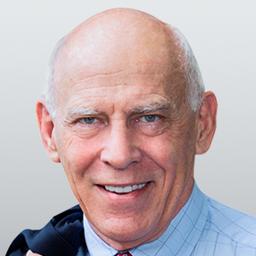Commentary
In his recent monologue attacking Sen. Mitt Romney as a complacent supporter of the status quo, Fox News host Tucker Carlson showed the severity and similarity of the social problems of urban blacks and rural whites. He explained the persistence of both with the refrain that “the ruling class doesn’t care.” But caring is not always enough.





